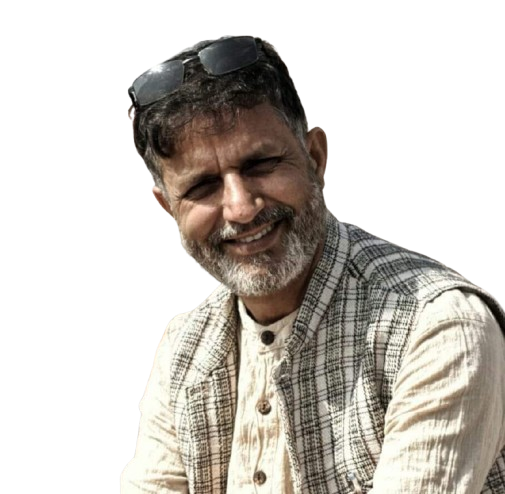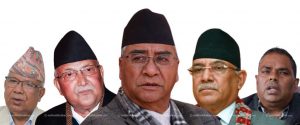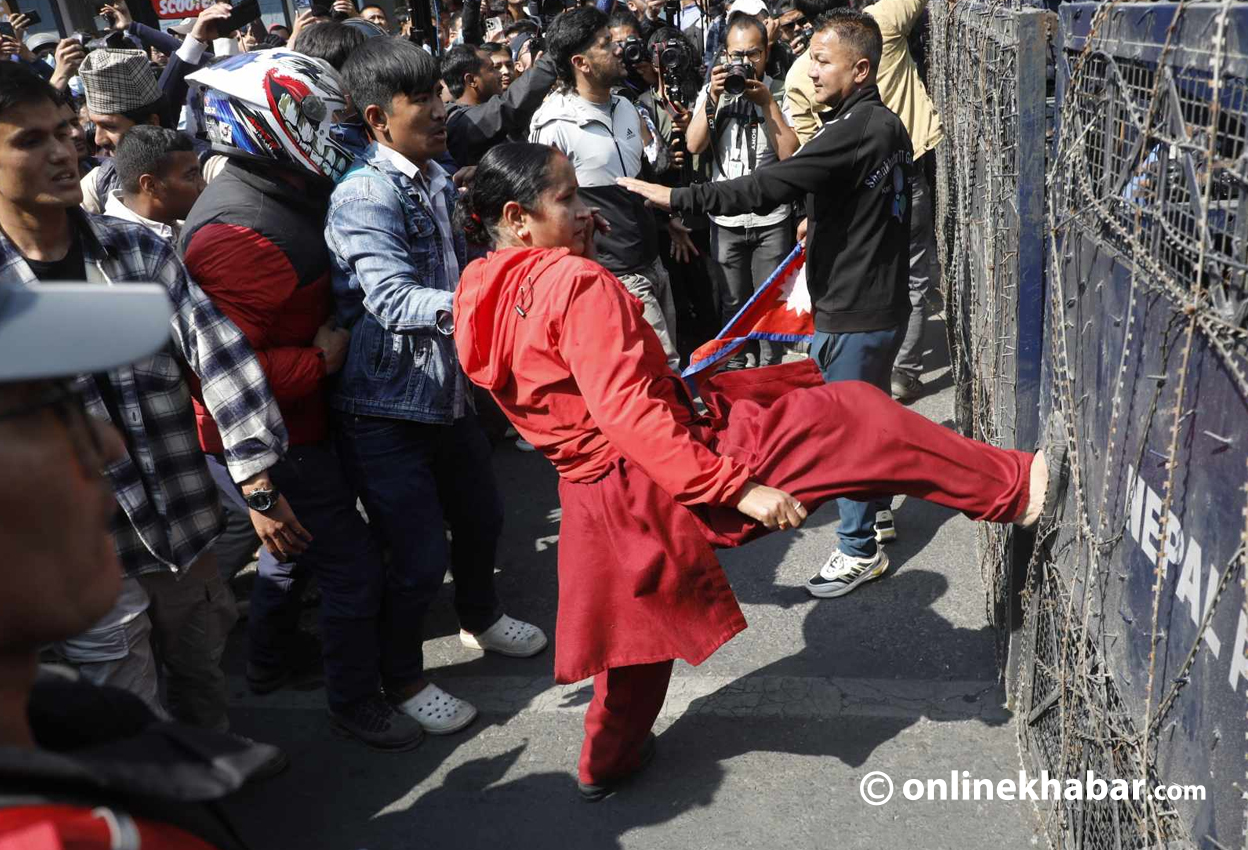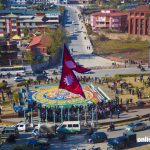
Nepal finds itself at a pivotal moment once again. After enduring decades of political turmoil, rampant corruption, and a series of broken promises, the people are now reaching their limits. Whether the government is prepared or not, it is evident that a new movement is brewing.
But the pressing question remains: Can this movement succeed? Without strong and credible leadership, it risks falling into the same trap of disappointment and continued hardship.
The stakes have never been higher, and effective leadership will be crucial in transforming public frustration into meaningful progress.
Selfish leadership
The frustration brewing among Nepalis stems from long-standing issues that have been ignored for far too long. For years, promises of better jobs, improved infrastructure, and a thriving economy have been made, yet these have largely remained unfulfilled. As a result, there is widespread disillusionment, with leaders perceived as more focused on personal gain than on serving the people.
Over the last few decades, various protests and movements have come and gone, but none have brought the enduring change people long for. Today, the urgency is even more palpable. Youth unemployment has hit record highs, corruption is deeply entrenched, and there is a blatant lack of accountability from the political elite.
The public’s patience has run out, leaving many feeling that their only option is to take to the streets once more. Recent data from the Nepal National Research Institute (NNRI) reveals that 72 per cent of Nepalis believe their leaders prioritise personal interests over national welfare. Moreover, 67 per cent of the population supports mass protests to confront this growing crisis. These numbers paint a picture of a nation teetering on the edge, ready to demand change.
History teaches us that even when movements gain momentum, they can fail without effective leadership. Consider the People’s Movement of 2062/63 BS. Although it ended autocratic rule and reinstated democracy, the leaders of that movement struggled to implement the systemic reforms the country so desperately needed. While they succeeded in rallying the masses, they fell short in delivering good governance, leaving the public disillusioned. The lesson is clear: a movement needs more than energy; it requires trustworthy and competent leadership to see it through.
To break this cycle in the upcoming movement, leaders must do more than just organise protests. They need a well-thought-out strategy to address the country’s deeply rooted problems. True leadership should be grounded in vision, accountability, and a deep connection to the people’s concerns.
Leadership with strategic vision
First, leadership must be driven by a clear and strategic vision. This means offering a practical plan that not only stabilises the country in the short term but also fosters long-term growth. In the past, leaders made vague promises with no real roadmap for delivery. That approach is no longer acceptable. Today’s leaders must present specific, actionable goals to combat corruption, unemployment, and inequality. Moreover, they must be held accountable for achieving these goals.
Accountability is essential. Leaders must act with transparency and subject themselves to regular public scrutiny. Setting up systems for independent oversight will help ensure they remain on course, ensuring that promises made are not just empty words. After years of mismanagement and corruption, rebuilding public trust will require nothing less than full transparency.
But good leadership is not just about policies. Empathy is equally crucial. An effective leader must understand the daily struggles faced by ordinary Nepalis—whether it’s a young graduate struggling to find work or a farmer grappling with the rising cost of living. Only by engaging with the people and genuinely listening to their concerns can leaders create policies that reflect the true needs of the nation.
Above all, integrity and trustworthiness are non-negotiable. In a country where distrust in leaders runs deep, only those with a proven track record of standing by the people should be given the reins. The stakes are simply too high to place the future of the nation in the hands of those with questionable motives.
Leadership that Nepal needs
Nepal’s diversity also demands inclusive leadership. With its rich mosaic of ethnic, social, and economic groups, a successful movement must represent all its people. A movement that serves only a select few is destined to fail. Leaders who rise to this challenge must ensure that marginalised voices are heard, and unity is fostered across all levels of society.
Today’s socio-political and economic landscape bears a striking resemblance to the conditions leading up to the People’s Movement, but the stakes are even higher now. Reports from the Nepal Economic Forum (NEF) indicate that youth unemployment has soared to 40 per cent, while inflation stands at 7 per cent, making daily life increasingly difficult for the average Nepali. These economic challenges, coupled with the deep disillusionment with political leadership, have left the people on edge.
Across the country, grassroots movements are already gaining momentum. In cities like Kathmandu, Pokhara, and Chitwan, citizens are taking to the streets, calling for transparency and reform. Social media platforms are amplifying these demands for change, with hashtags like #NepalNeedsChange and #DownWithCorruption gaining traction, particularly among the youth. One protester in Kathmandu summed up the mood by saying, “We’ve been patient for too long. Every election brings new promises, but nothing changes. If we don’t act now, we risk losing our future.”
Political analysts are warning that without swift action, Nepal risks descending further into instability. As one analyst noted, “The movement will happen, whether leaders are prepared for it or not. The real question is whether the leadership will step up and steer the country forward, or if we’ll see another cycle of chaos and missed opportunities.” The choice is clear: leadership must rise to the occasion, or Nepal will once again find itself trapped in a cycle of repeated mistakes.
In conclusion, the need for a new movement in Nepal is undeniable. Political, social, and economic pressures have reached a boiling point, and the people are more than ready for change. But it’s not enough to simply rise in protest. To bring about the deep and lasting transformation that Nepal needs, this movement must be guided by leaders who are trustworthy, strategic, and empathetic. The people are ready. Now, the leadership must step up—or risk yet another movement that falls short of its goals. Nepal can’t afford to wait any longer for the change it deserves.




















